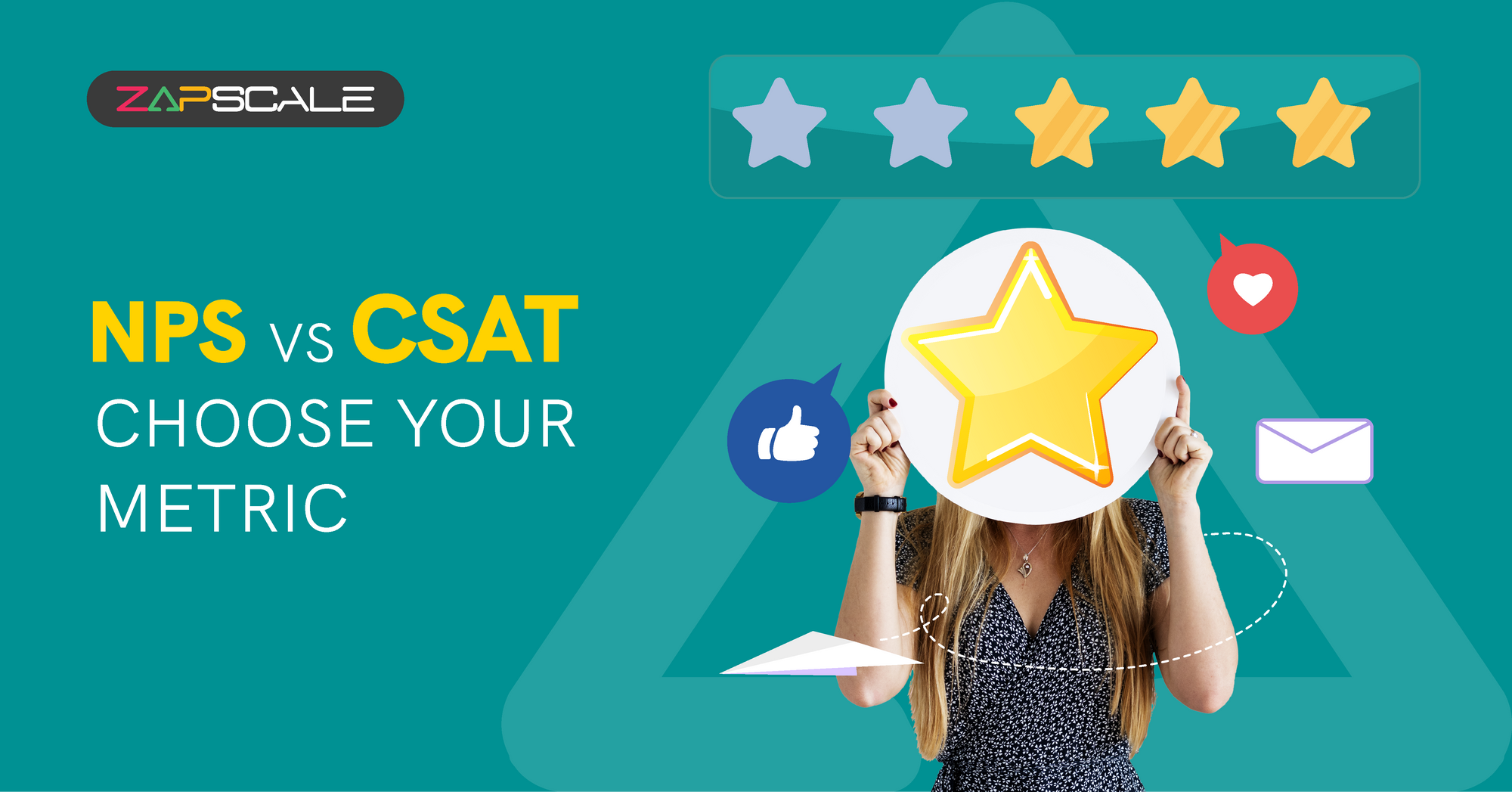CATEGORY > Customer Satisfaction
Customer Satisfaction Surveys: Your Roadmap to 5-Star Feedback

Happy customers keep businesses rolling!
Customer satisfaction surveys (CSAT) monitor customer happiness and enable 5-star ratings via actionable feedback. Let’s learn more about them by reading further.
What Is Customer Satisfaction Surveys (CSAT)?
A customer satisfaction survey measures how satisfied a particular customer is with the products and services rendered by an organization.
Customer Happiness can be analyzed both quantitatively (e.g., rating scales) and qualitatively (feedback) via effective CSAT surveys.
CSAT focuses on service department interactions, revealing customer motives and the effectiveness of problem resolution to maximize service delivery and efficiently satisfy customer expectations.
Importance Of CSAT Scores In Achieving Smiling Customers
With customer satisfaction surveys, you can figure out how customers evaluate your brand and their experience.
This feedback assists you in understanding what delights current customers and draws new ones by determining what connects with them.
Let’s learn some of the proven benefits of incorporating customer satisfaction surveys.
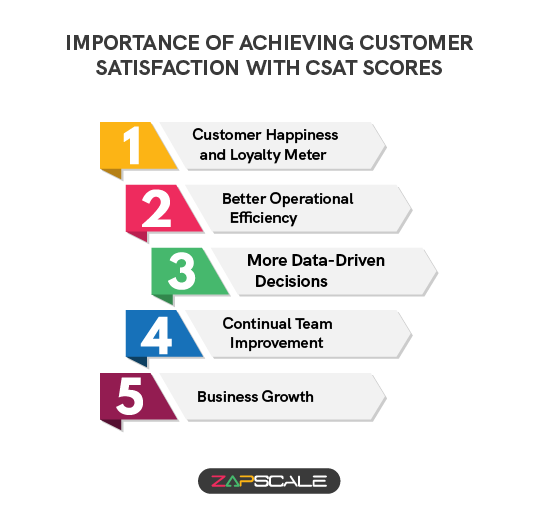
1. Customer Happiness And Loyalty Meter
CSAT scores measure how happy and content customers are with your brand.
As per studies, there’s a strong correlation between good CSAT scores, repeat purchases, favorable word-of-mouth referrals, and business success.
2. Better Operational Efficiency
Analyzing CSAT scores will help you identify operational issues hindering customer satisfaction.
While low scores indicate areas of improvement to enhance customer experience, high scores reveal what you are doing right.
3. More Data-Driven Decisions
CSAT surveys act as the voice of customers and provide valuable insights.
With such insights, businesses do not have to rely on guesswork and can make informed decisions in terms of product development, marketing strategies, and customer service.
4. Continual Team Improvement
CSAT scores serve as a compass for constant improvement. With regular customer satisfaction surveys, teams can augment customer journeys by improving their service quality. This promotes a team culture that strives to outperform yesterday's expectations.
5. Business Growth
Finally, greater CSAT scores drive business growth by establishing a positive reputation, improving customer lifetime value, and increasing revenue from repeat customers. They differentiate your business in competitive markets by exhibiting a dedication to surpassing customer expectations and attracting new customers.
Types Of CSAT Questions To Derive Customer Secrets
When it comes to customer satisfaction survey questions, there is more than one type! Let’s unravel them below.
1. Binary Questions
In binary questions, customers have to provide a simple Yes/No or Agree/Disagree response, allowing quick feedback on certain factors such as pleasure with an experience or locating what they require.
2. Likert Scale Question
These questions elicit a wide variety of replies, from good to negative, allowing customers to express their appreciation effectively.
A common example of a likert scale question is "How satisfied are you with our service?" with responses ranging from "Very satisfied" to "Very dissatisfied" for gauging customer sentiment.
3. Multiple Choice Questions
MCQs aka multiple choice questions provide predetermined options for users to select from, allowing you to get more specific information.
For example, the question "Which service was most useful for you today?" provides organized input on customer tastes.
4. Open-Ended Questions
Open-ended questions enable customers to freely express their opinions in their own words, providing extensive insights into individual experiences or recommendations for change.
For instance, “How has our product changed since you began using it?”
Customer Satisfaction Survey Questions
Here’s your list of CSAT Survey Questions as promised!
Q1. How satisfied are you with your recent experience with us?
Q2. In your own words, how would you describe your interaction with us?
Q3. Is there anything we could have done differently to make your experience better?
Q4. Did our product/service match your expectations?
Q5. How likely are you to recommend us to a friend or colleague?
Q6. What aspects of our product/service did you find the most valuable?
Q7. What elements of our product/service could be improved?
Q8. How easy was it to buy our product or service?
Q9. Did our product/service successfully solve your problem?
Q10. How would you rate the quality of our product or service?
Q11. What do you believe is the most innovative part of our product or service?
Q12. How has our product/service increased your workflow or productivity?
Q13. How well does our product/service fit your long-term objectives or vision?
Q14. How impressed are you with the onboarding/training process for our product/service?
Q15. How would you rank the overall value of our product/service?
List Of Customer Feedback Questions For Actionable Intelligence
1. Product/Service Satisfaction
Q1. What problem were you trying to tackle when you chose to use our product/service?
Q2. Can you give an example of when our product/service exceeded your expectations?
Q3. How does our product/service compare to other options you've utilized in the past?
Q4. How would you rank the functionality and user interface of our product/service?
Q5. How well does our product/service work with your existing tools and systems?
2. Website/Platform Experience
Q1. How user-friendly do you find our website/platform?
Q2. Are there any features or functionalities you would like to see added or improved?
Q3. How clear and simple is the language utilized on our website or platform?
Q4. Did you encounter any difficulties navigating our website/platform?
Q5. How satisfied are you with the checkout/purchase process on our website/platform?
3. Market Research
Q1. How contented are you with the overall assortment of products/services available in the market?
Q2. What are vital factors that influence your brand loyalty within an industry?
Q3. How likely are you to move to a competitor if they provide a similar product/service at a reduced price?
Q4. What unmet requirements do you perceive in the market that a new product or service could fill?
Q5. What type of content or information would be most beneficial to you when making purchasing decisions?
How To Make The Most Of CSAT Answers
Turn CSAT data into a goldmine by reading further.
1. Segment Customers
To adapt responses, segment CSAT data based on demographics, purchasing history, and product usage.
This shows unique customer needs—new users may have different issues than experienced users, allowing for targeted adjustments and increased satisfaction across broad customer groups.
2. Integrate With Existing Data
Integrate CSAT data with website analytics and sales records to get a complete picture. Correlate customer behavior and satisfaction levels to improve website accessibility and overall business strategy.
3. Collaborate Across Functions
Share CSAT findings across departments (product development, marketing, and customer support) for a more comprehensive understanding of customer sentiment and collaborative efforts to improve satisfaction.
Top 3 Ways To Design Appealing Customer Satisfaction Surveys
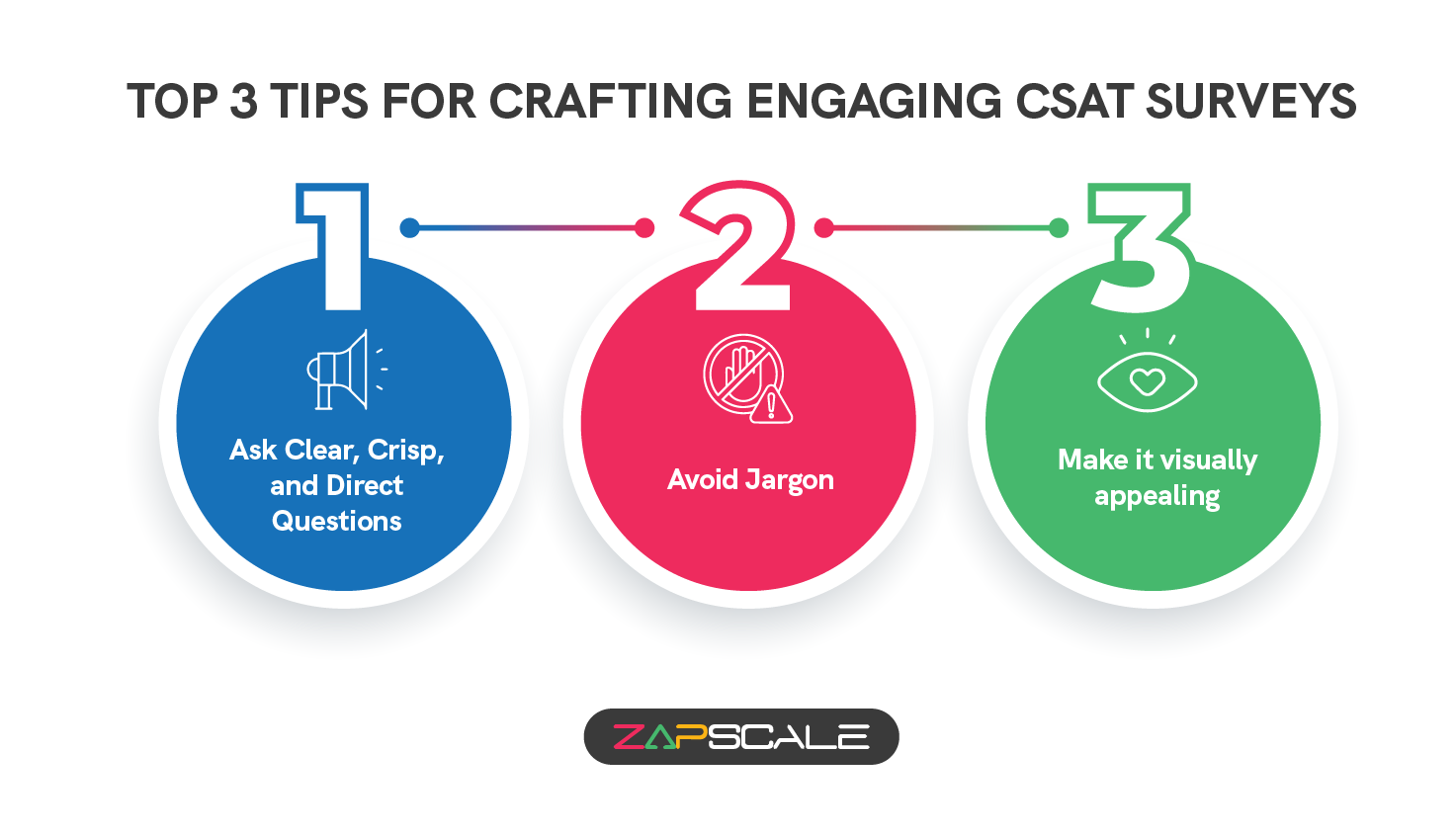
1. Ask Clear, Crisp, and Direct Questions
Use straightforward language to ensure that participants comprehend what you're saying.
2. Avoid Jargon
Use simple sentences in surveys to avoid confusing respondents with technical jargon or complex concepts.
3. Make It Visually Appealing
Use a clean layout with readable fonts and graphics. Adopt simple rating scales, such as 1-5, for better clarity.
How To Operationalize Customer Feedback Into An Action Plan
Transforming customer feedback into actionable plans guarantees continual enhancement. Here's how to effectively implement it.
1. Organize And Categorize
Don't let feedback become a disorganized mishmash. Categorize replies by subject or topic to find recurring difficulties and opportunities for improvement. This allows you to detect patterns and trends in the raw data.
2. Prioritize Right
Prioritize issues that affect the most customers and tackle them first. This guarantees that you are tackling the most essential issues affecting customer happiness.
3. Maintain Transparency
Inform concerned stakeholders, including employees and management, about the action plan. Provide training or advice as needed to guarantee awareness and commitment.
4. Monitor And Evaluate
Continuously assess implementation progress and compare results to goals. Gather more feedback as needed to fine-tune techniques and ensure continuous progress.
Track the effectiveness of improvements and use the results to continuously enhance customer satisfaction.
5. Collaborate To Brainstorm
Organize your team to brainstorm solutions for the identified problems.
To effectively respond to customer issues, encourage open communication and creative ideas.
Customer Satisfaction Survey Templates For Feedback Excellence
1. Netflix

2. Amazon
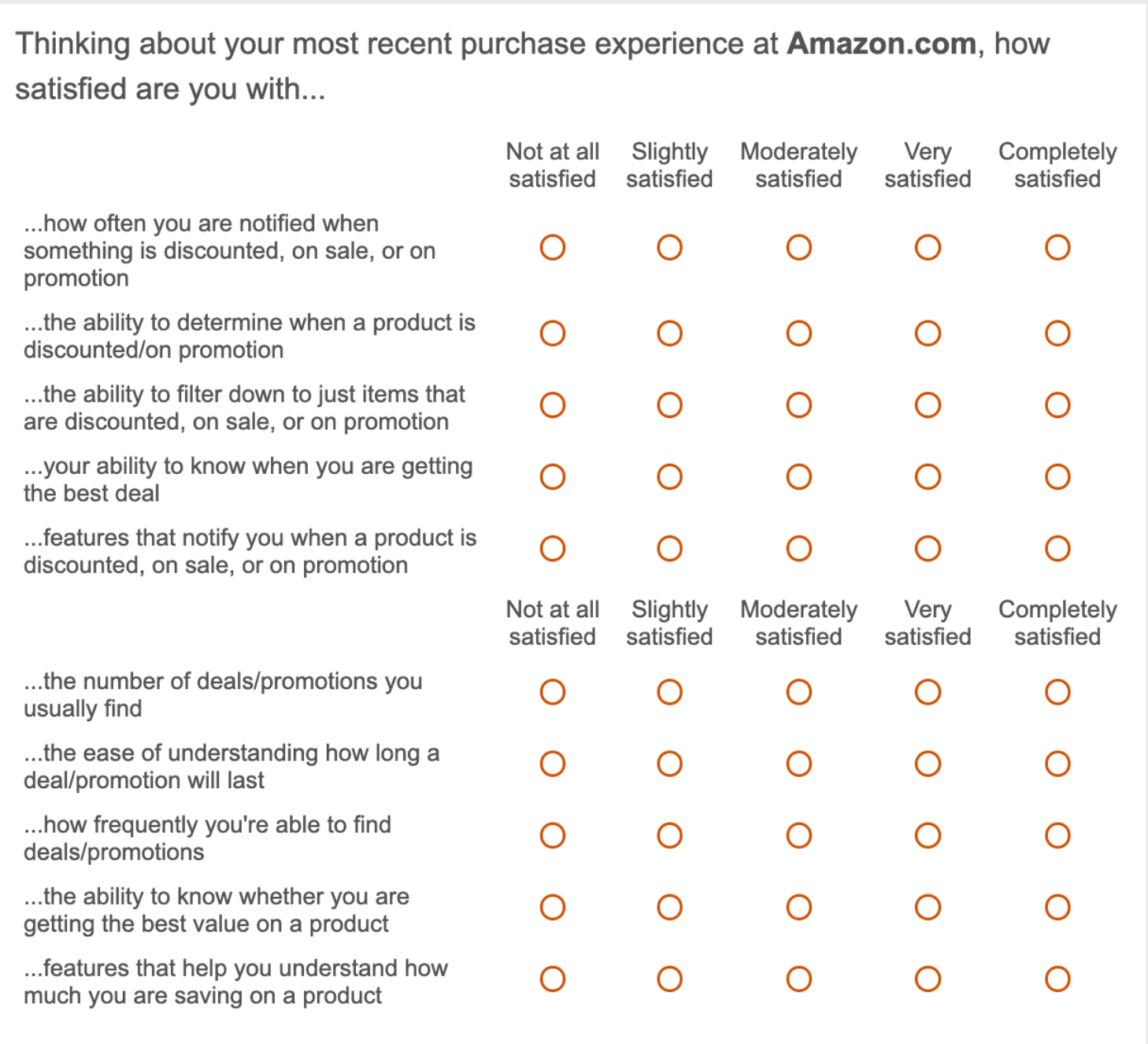
3. McDonald's
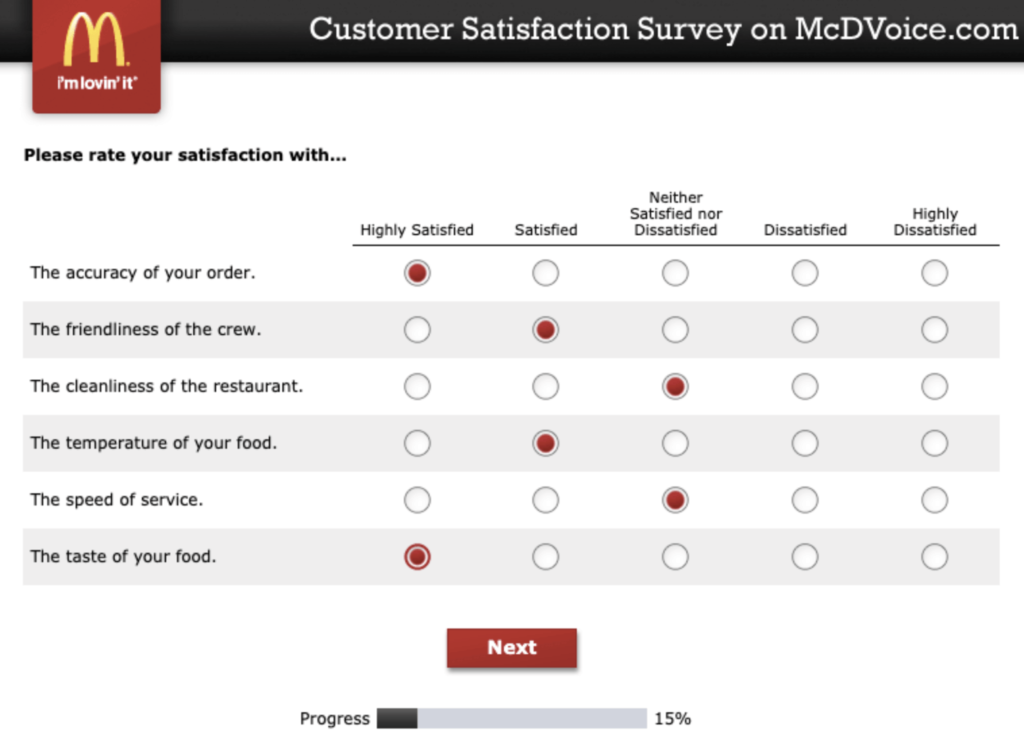
4. Doofinder
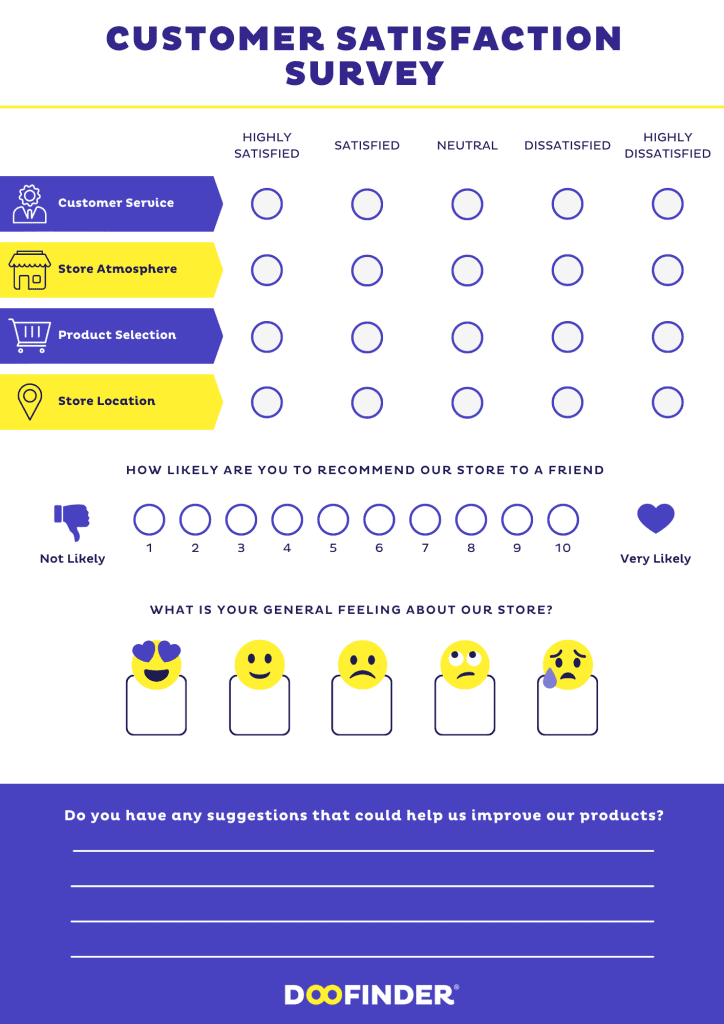
5. Airbnb
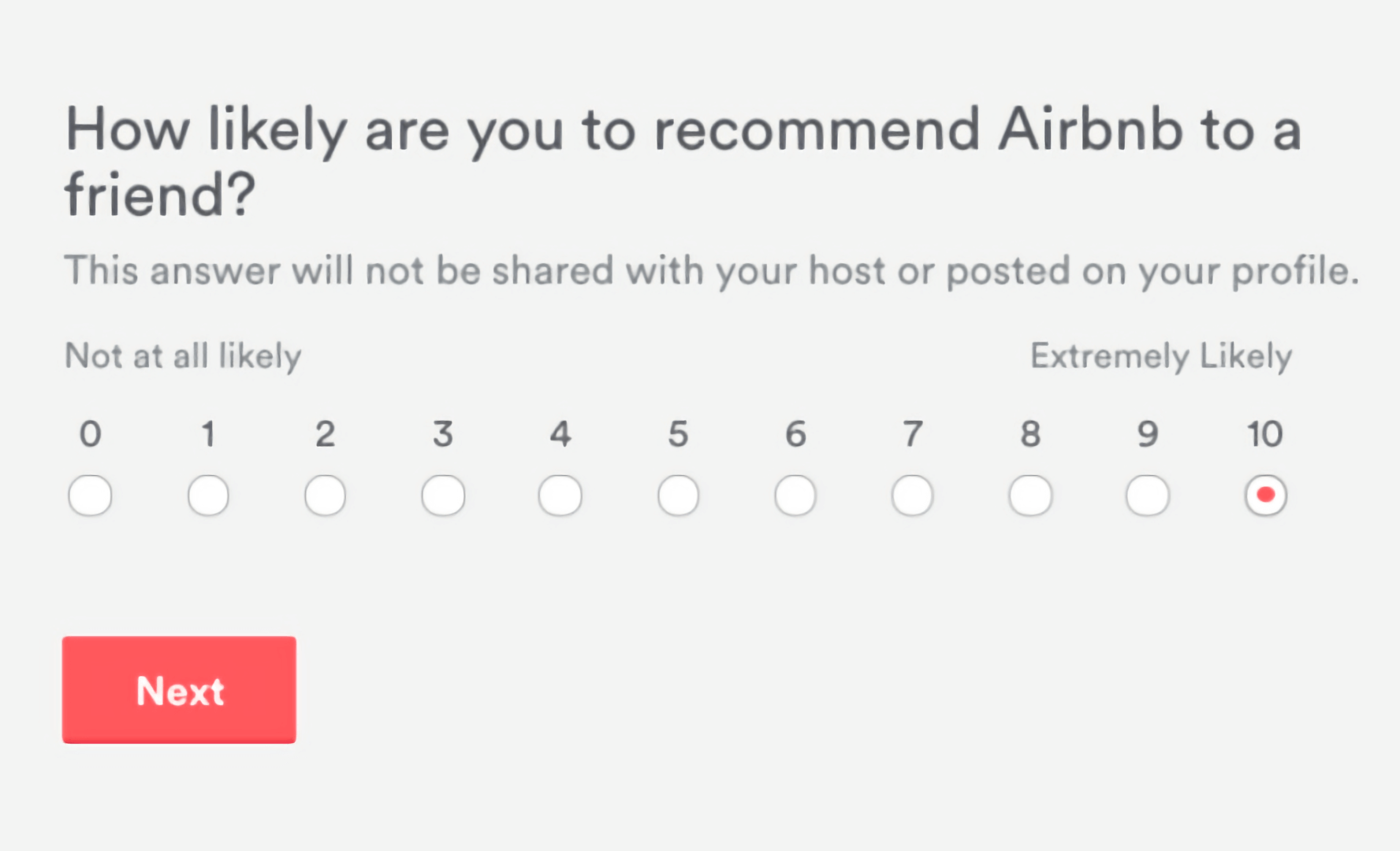
FAQs
1. How lengthy should your Customer Satisfaction Survey be?
To keep completion rates high, keep surveys short (5-10 minutes). Prioritize critical questions while allowing for optional open-ended feedback to provide vital insights and reduce survey weariness.
2. How can businesses create personalized Customer Satisfaction Surveys?
Personalize CSAT by adapting questions to demographics, purchasing history, and habits to provide useful feedback to a wide range of customer segments.
3. How do I respond to negative feedback on my CSAT survey?
Respond to negative feedback by thanking the customer, acknowledging their concerns, apologizing, and outlining specific steps for improvement.
ABOUT THE AUTHOR
Popular from Customer Satisfaction
Quality Content,
Straight To Your Inbox!
Subscribe for the latest blogs, podcasts, webinars, and events!

Write a Blog
If you have experience in CS and
a flair for writing, we’d love to
feature you.
Write to us on
hello@zapscale.com


